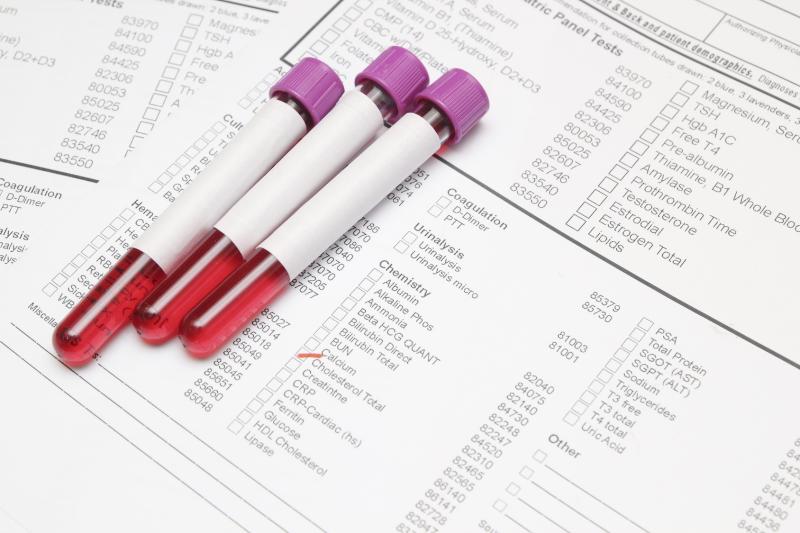
Hairy-cell leukaemia (HCL) has favourable long-term prognosis, with a good survival outlook despite a high relapse rate, a recent study has found.
A total of 279 HCL patients (median age, 59 years) were enrolled and followed for a median of 127 months. Eighty-five had familial histories of malignancies. Over the observation period, 99 patients (36 percent) experienced at least one new event, defined as new relapses, death or second cancers developing since the first analysis.
A total of 130 new events were reported, almost half of which (n=60) were relapses. Fifty-four patients had relapse episode, while six had two episodes. In addition, there were 25 solid second cancers, 12 haematological malignancies, and 33 new deaths.
At the final follow-up, 229 participants were still alive, majority of whom (84 percent; n=193) were in complete remission. Nineteen patients were in partial remission, and 10 had progressive disease. Status was unknown in seven patients. The median overall survival was 27 years, and the relapse-free survival time was 7 years.
Purine analogues (PNAs) were the most common form of first-line therapy (n=208; 75 percent), frequently administered as either cladribine (n=159) or pentostatin (n=49). This appeared to be a highly effective treatment regimen, resulting in a 100-percent overall response rate for all PNA-treated participants.
“In this 10-year follow-up analysis, we confirmed the favourable prognosis of HCL,” said researchers. “In our cohort, there was no difference between patients who switched or did not switch between PNAs from the first to the second line.
“Interestingly, we found a relatively higher risk of solid cancers and haematological malignancies in HCL patients,” they added. “[I]t seems that PNAs are not a risk factor for second cancers.”